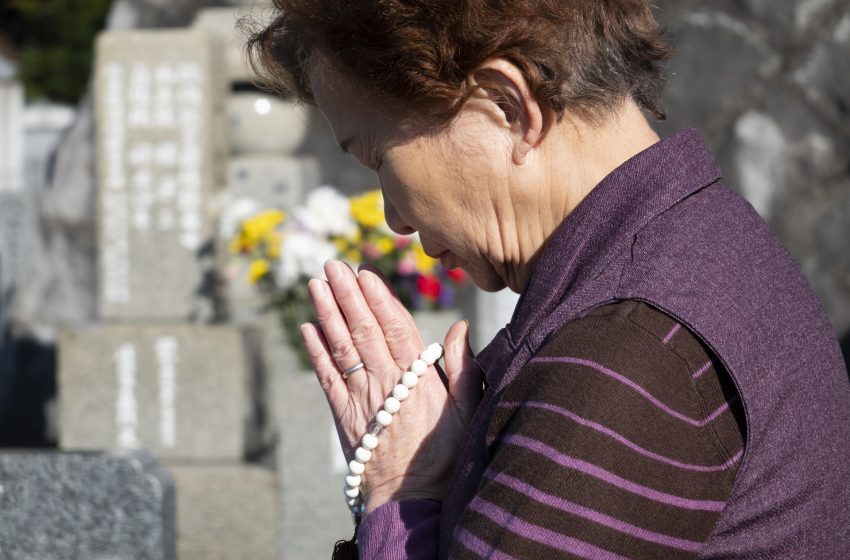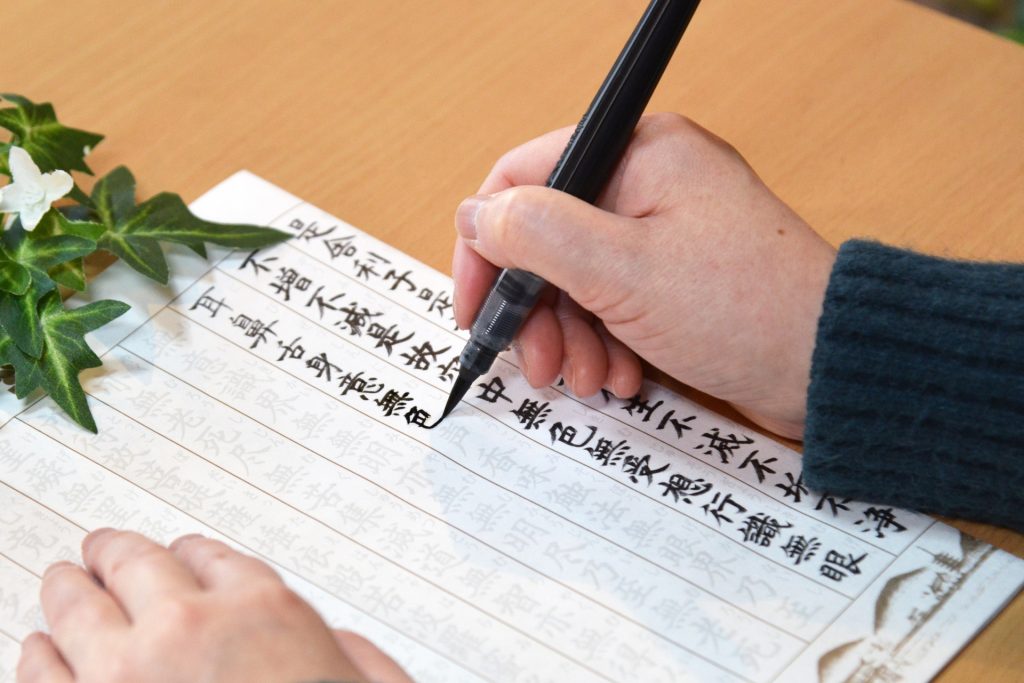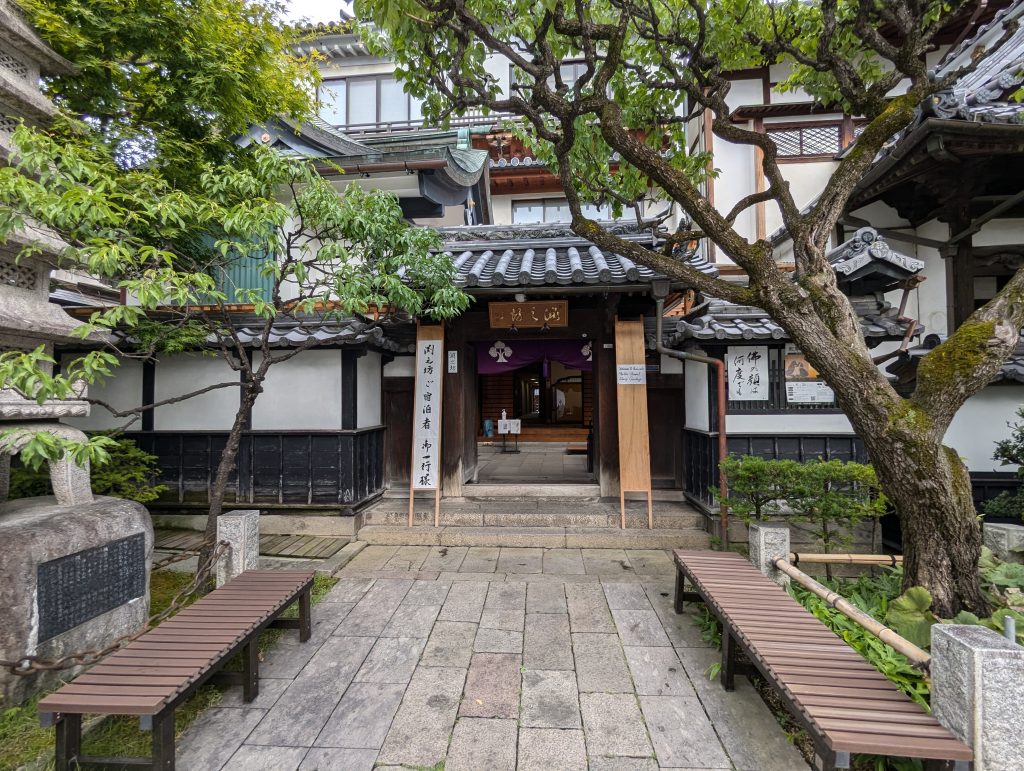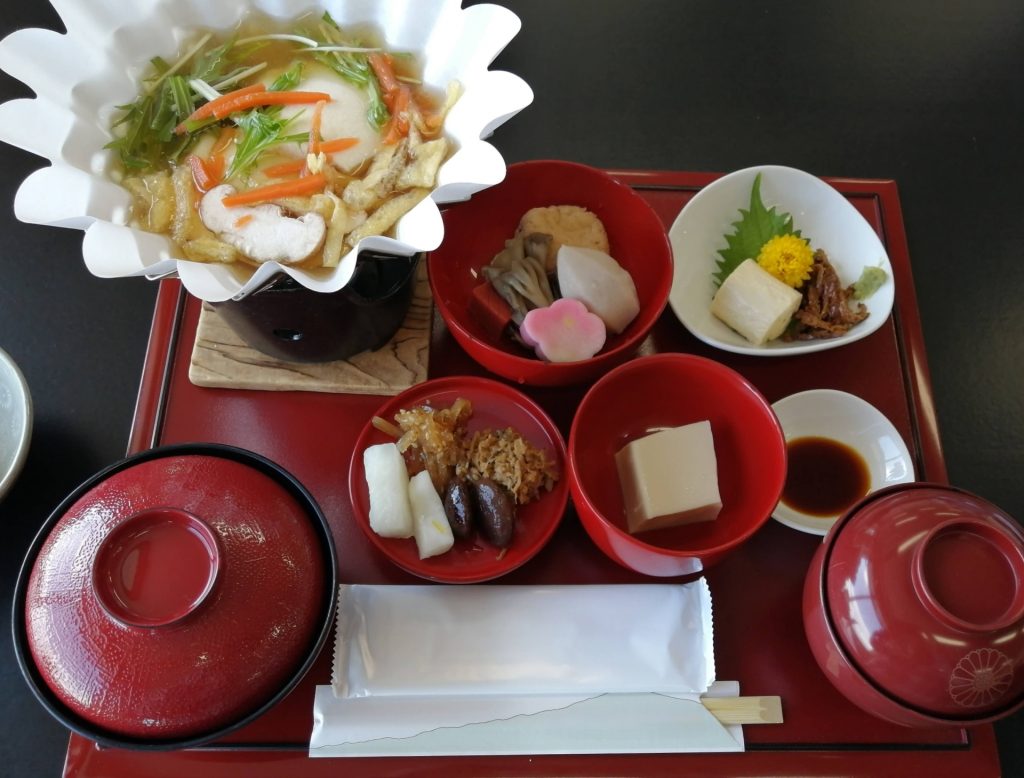
Ohigan: Embracing Balance and Remembrance in Japan’s Seasonal Tradition
Greetings, cultural enthusiasts and seekers of knowledge! Today, let’s delve into the serene and reflective world of Ohigan, a significant traditional event observed in Japan. This period, deeply rooted in Buddhist beliefs, is marked by practices that blend spiritual reflection with familial bonds, offering a moment of balance in the busy rhythm of life.
Understanding Ohigan
Ohigan is a Buddhist observance that takes place twice a year, during the spring and autumn equinoxes. The term “Ohigan” translates to “the other shore,” symbolizing the crossing from the world of suffering and desire to the world of enlightenment. This period is considered an ideal time for spiritual reflection and to practice the Six Paramitas, which are virtues in Mahayana Buddhism aimed at crossing over to enlightenment.
The Significance of the Equinoxes
Ohigan occurs during the equinoxes when day and night are of equal length, symbolizing balance. It is believed that during these times, the physical and spiritual worlds come closer together, creating an opportune moment for Buddhists to reflect on their lives and pay respects to their ancestors.
Customs and Practices of Ohigan
- Visiting Graves: One of the key practices during Ohigan is the visitation of family graves. People clean the gravesites of their ancestors, offer prayers, incense, and flowers, and sometimes leave offerings of food and drink.
- Spiritual Reflection: Ohigan is a time for self-reflection and spiritual improvement. Many people use this period to engage in Buddhist practices such as meditation, chanting sutras, and listening to teachings.
- Ohagi or Botamochi: A special food associated with Ohigan is ohagi or botamochi, sweet rice balls covered with sweetened red bean paste. These treats are often made at home and shared with family members as a part of the observance.
Experiencing Ohigan in Japan
During Ohigan, many temples in Japan hold special services and lectures. It’s an ideal time for visitors to experience a part of Japanese spiritual culture, observe local customs, and perhaps participate in temple activities.
Conclusion: A Moment of Reflection and Balance
Ohigan is more than just a tradition; it’s a period of spiritual and familial harmony. It offers a chance to pause, reflect on one’s life journey, and express gratitude and respect for those who have passed. In the fast-paced modern world, Ohigan serves as a reminder of the importance of balance, reflection, and the enduring bonds of family.
Whether you are in Japan during the equinoxes or observing from afar, embracing the spirit of Ohigan can be a meaningful and enriching experience. It’s a time to find balance in your life, honor your roots, and aspire towards personal growth and enlightenment.




